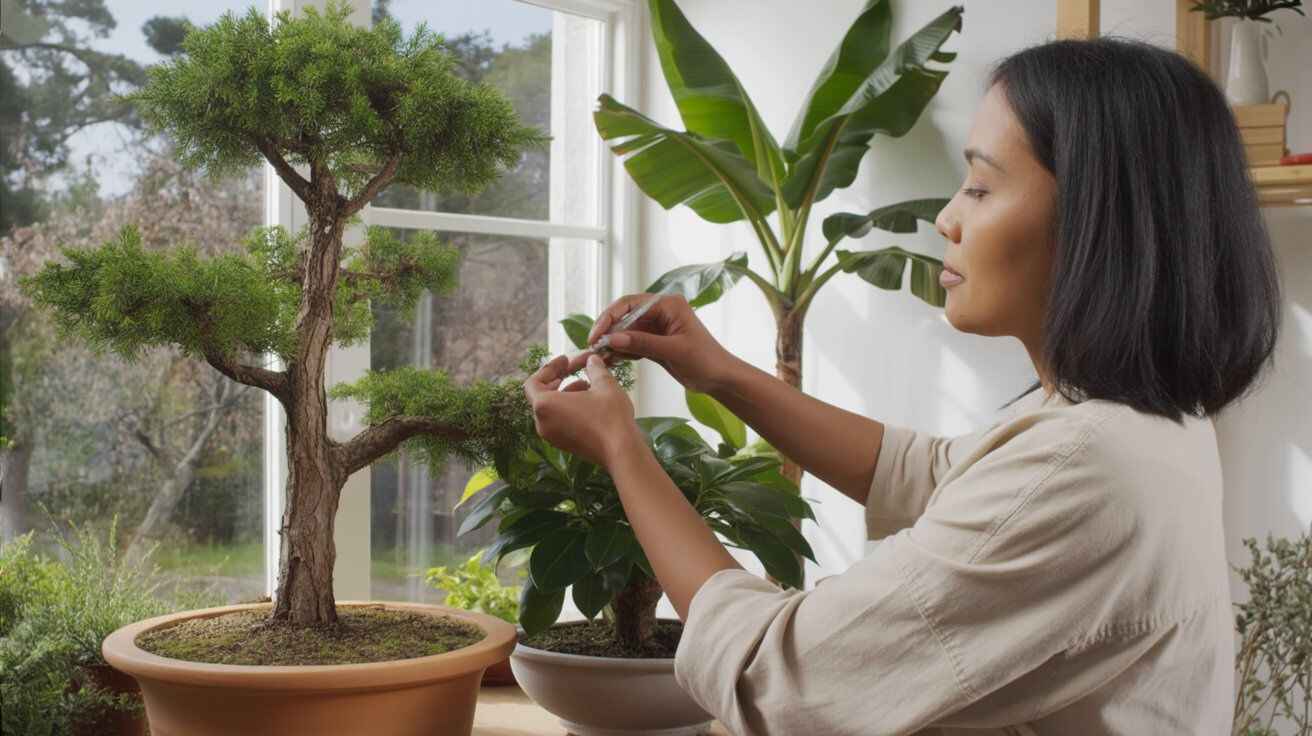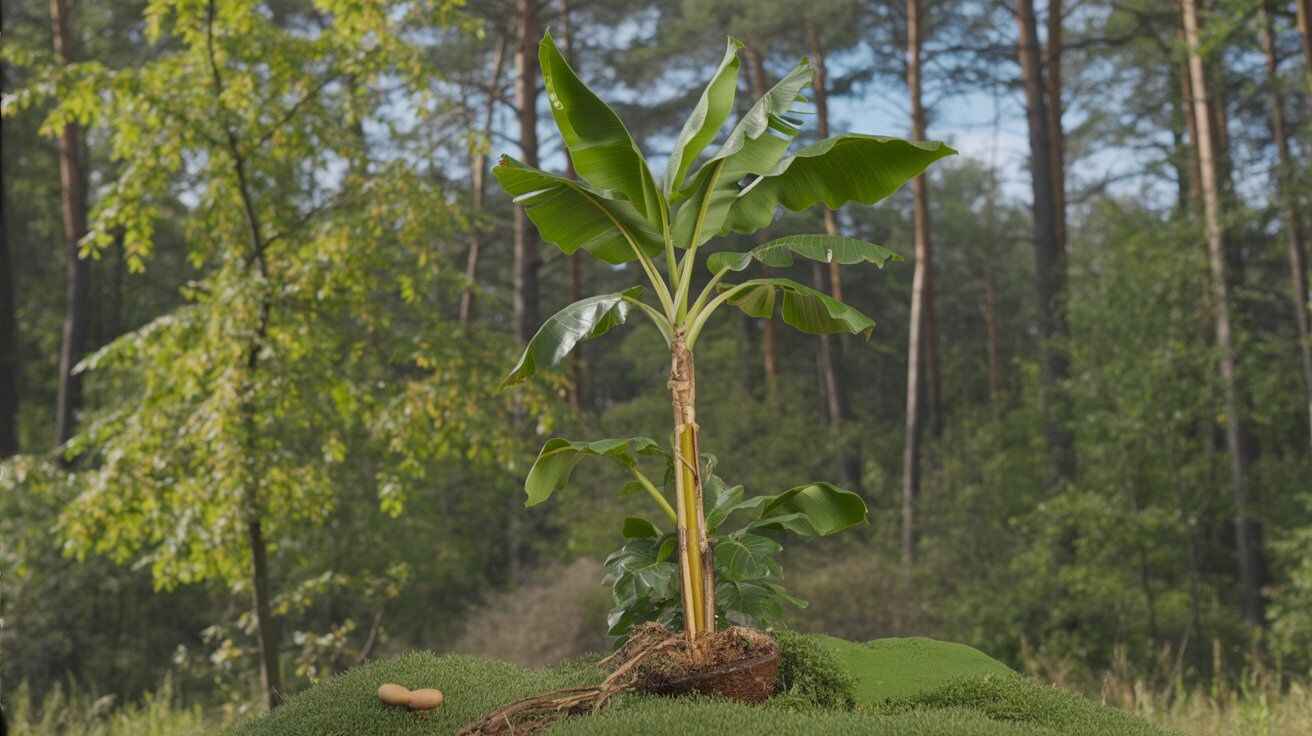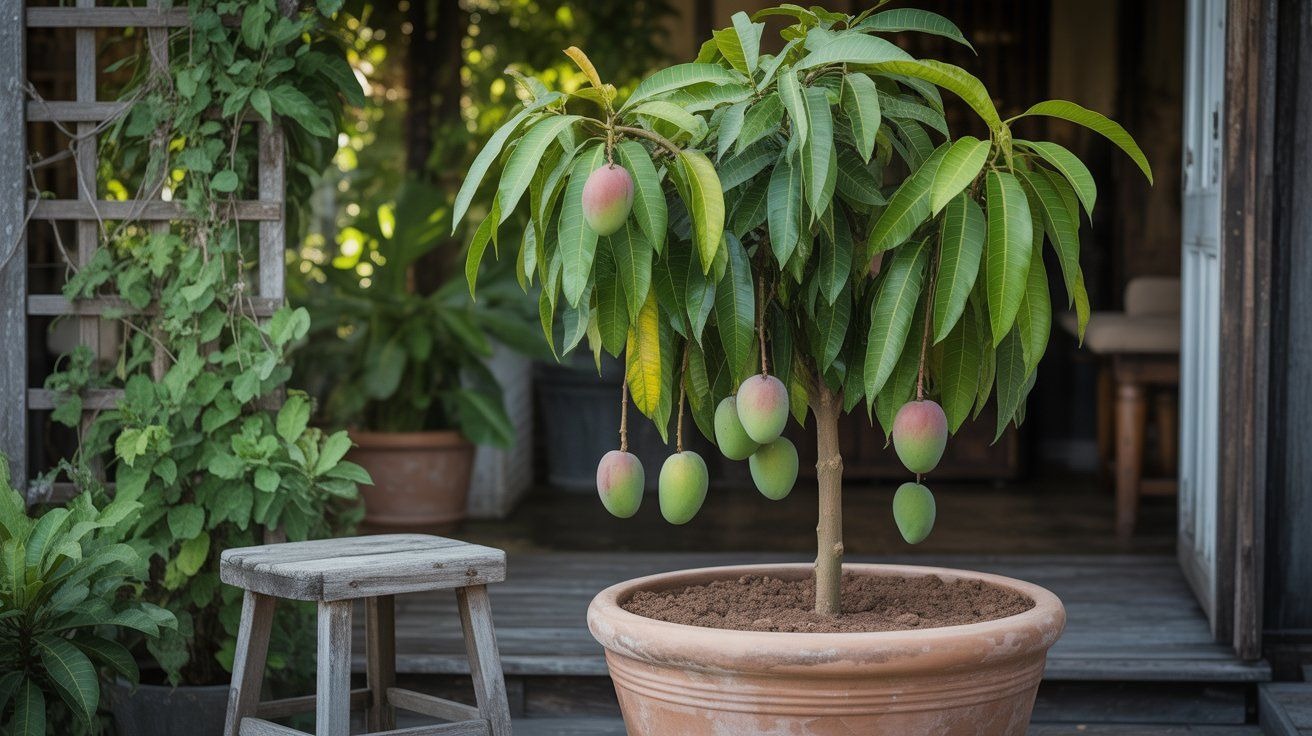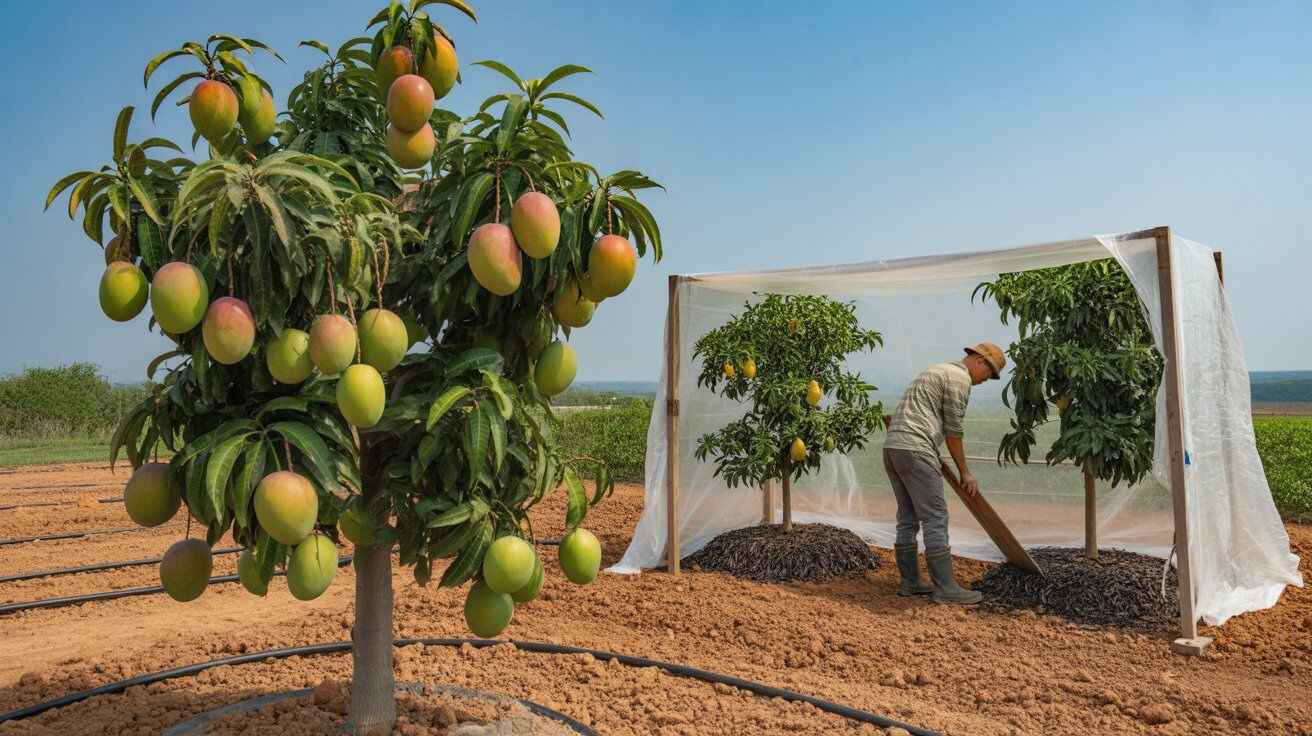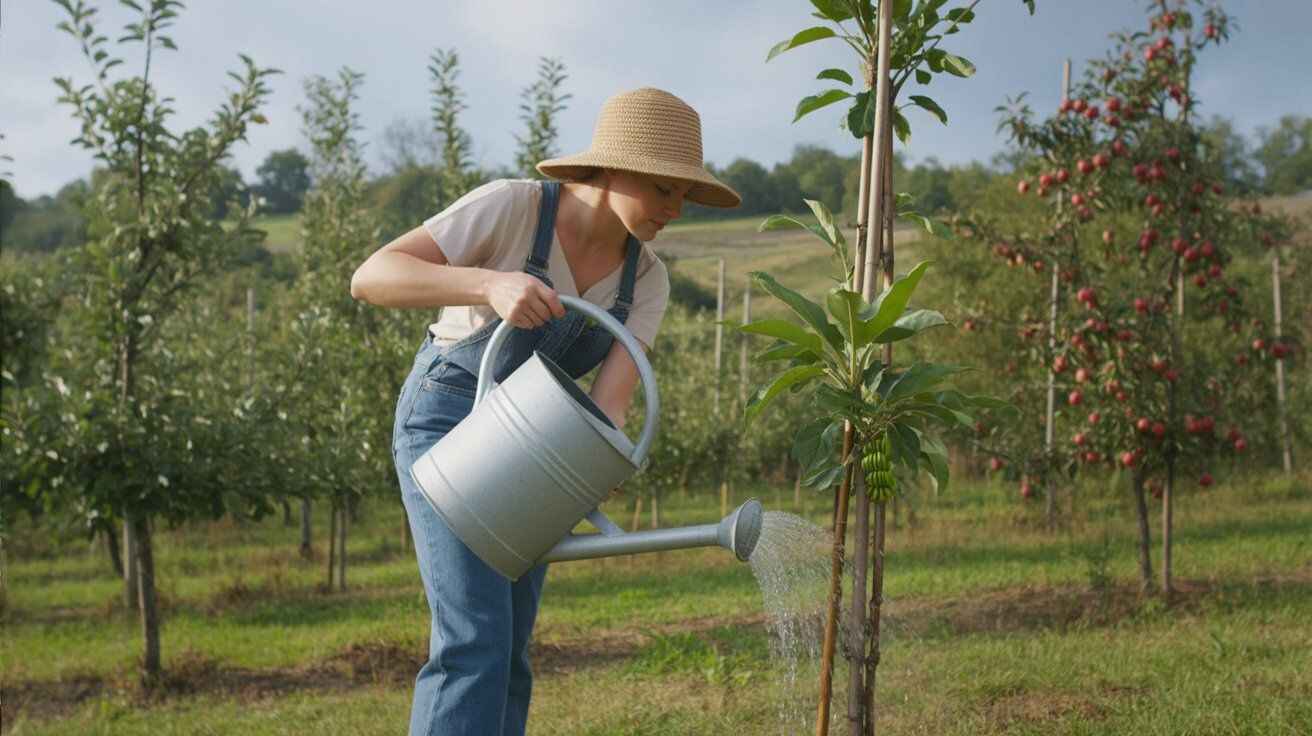Any tree can be a bonsai, but species like Juniper, Elm, Ficus, and Maple are best for beginners due to adaptability and resilience.
Can Any Tree Be a Bonsai?
In theory, any tree or woody shrub can be cultivated as a bonsai. What matters most is whether the species adapts well to container growth, pruning, and styling. While the idea that can any tree be a bonsai is true in principle, not all trees respond equally.
Some species thrive with training, producing compact leaves and strong branching, while others resist shaping or struggle in limited soil. For beginners, choosing proven bonsai tree species—such as junipers, elms, or maples—offers a much higher chance of success.
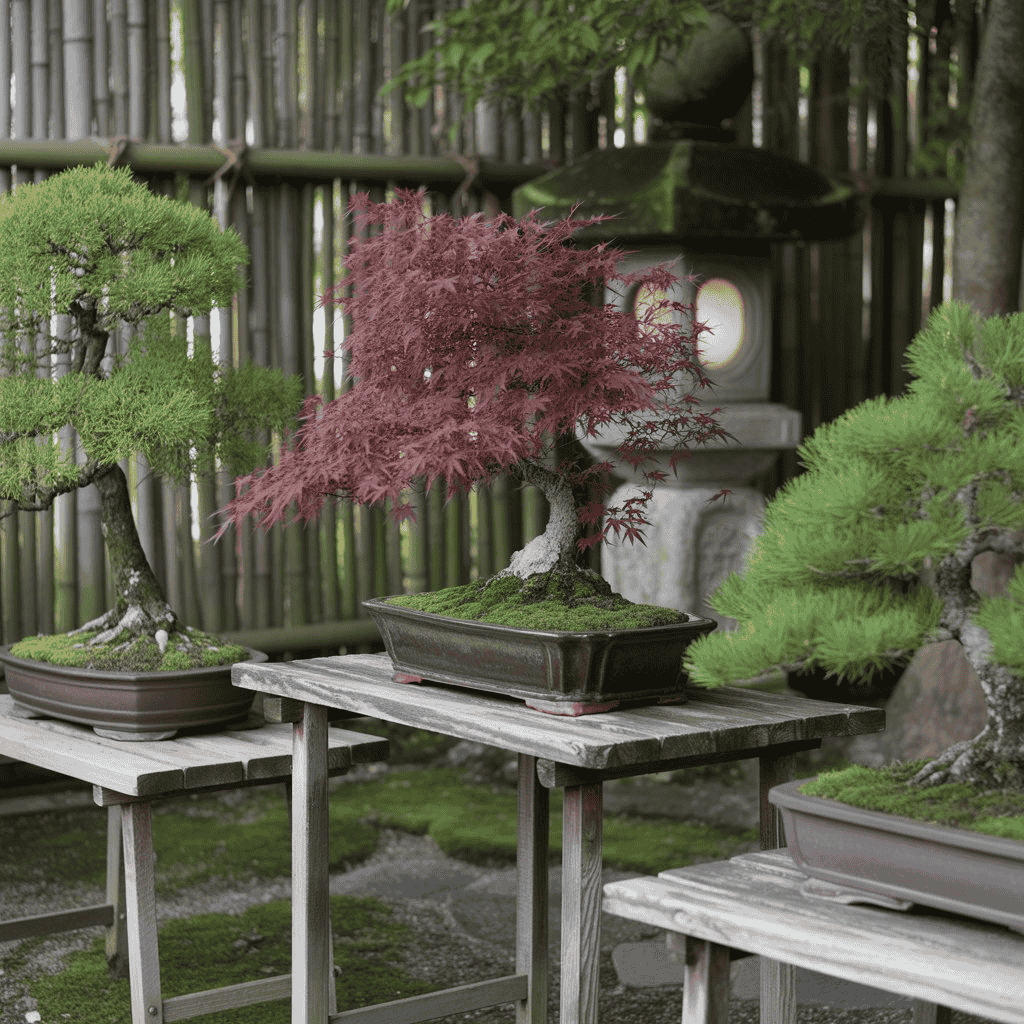
What Makes a Tree Good for Bonsai?
| Trait | Why It Matters | Examples of Species |
|---|---|---|
| Small leaves or needles | Keeps the miniature look convincing and proportional | Maples, Junipers, Elms |
| Ability to back-bud after pruning | Enables new shoots to grow closer to the trunk, allowing shaping and refinement | Ficus, Elms, Maples |
| Tolerance for root reduction | Adapts well to shallow pots and limited soil, essential for bonsai cultivation | Junipers, Pines, Ficus |
| Hardiness and adaptability | Survives in different climates, easier for beginners to grow and maintain | Junipers, Ficus, Chinese Elm |
| Strong branching structure | Provides material for artistic styling and wiring | Maples, Junipers, Azaleas |
Trees That Struggle as Bonsai
Although can any tree be a bonsai is technically true, some species present serious challenges. Trees with very large leaves rarely scale well, making them look awkward in miniature. Others fail to back-bud, limiting branch development after pruning.
Climate also matters—tropical species may not survive in temperate regions without special care. Even with the right bonsai soil mix and careful watering, these trees often require advanced techniques. Beginners are better off avoiding such difficult species until they’ve gained more experience.
Best Trees for Bonsai Beginners
For newcomers, starting with forgiving species makes the learning process smoother. Juniper is a classic choice, valued for its flexible branches and tolerance of training. The Chinese Elm is another favorite, thanks to its small leaves and strong back-budding.
Ficus, often used as an indoor bonsai tree, adapts well to household conditions. Maples and Cotoneaster also provide reliable growth and attractive seasonal interest. These beginner-friendly bonsai tree species combine resilience with beauty, giving learners the confidence to master basic pruning and styling techniques.
Choosing the Right Tree for Bonsai Success
Selecting the right tree depends on more than preference—it’s about matching species to your climate, experience, and goals. Hardy native trees usually adapt better to local conditions, while tropical indoor bonsai trees suit warm households.
Beginners should focus on resilient types like juniper, elm, or ficus, which respond well to pruning and wiring. Considering leaf size, growth rate, and maintenance needs ensures the bonsai looks natural while staying healthy. A thoughtful choice increases both survival and artistic potential.
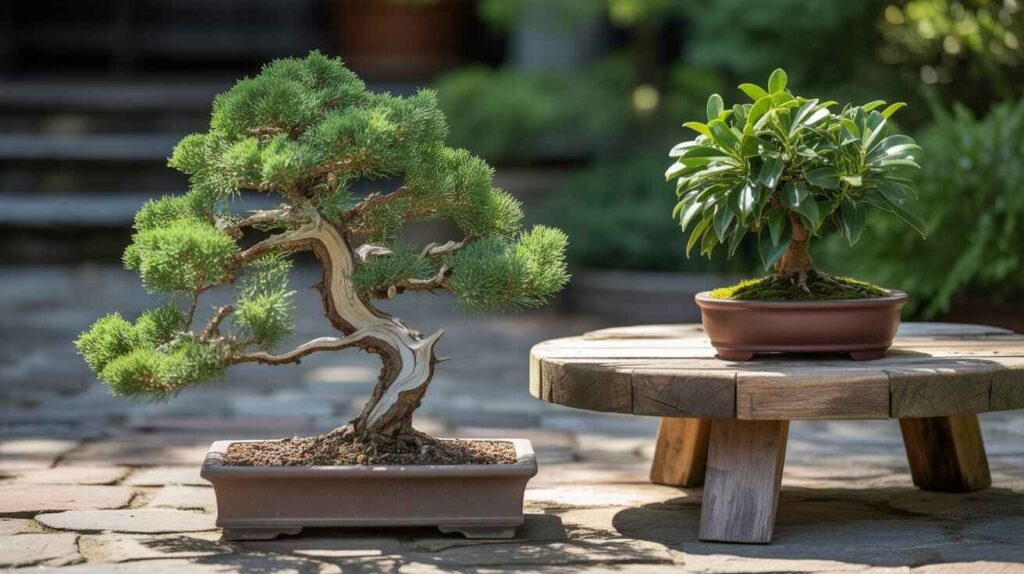
Care Tips for Difficult Bonsai Trees
Working with challenging species requires extra patience and technique. Leaf reduction can be encouraged through defoliation and strong light, while careful wiring shapes stubborn branches without damage. Frequent root pruning and a well-draining bonsai soil mix help balance growth in shallow pots.
Some species also need controlled humidity or protection from extreme temperatures. Using proper bonsai tools and supplies ensures cleaner cuts and healthier recovery. With consistent care, even demanding trees can adapt to bonsai training, though success takes time and dedication.
FAQ: Can Any Tree Be a Bonsai?
Q1: Can any tree be a bonsai?
Yes, but some adapt better than others.
Q2: What makes a good bonsai tree?
Small leaves, strong branching, back-budding, root tolerance, and hardiness.
Q3: Best beginner bonsai trees?
Juniper, Chinese Elm, Ficus, Maple, and Cotoneaster.
Q4: Which trees struggle as bonsai?
Large-leafed or climate-sensitive species.
Q5: Can tough trees still work?
Yes, but they need advanced care, proper soil, and bonsai tools.
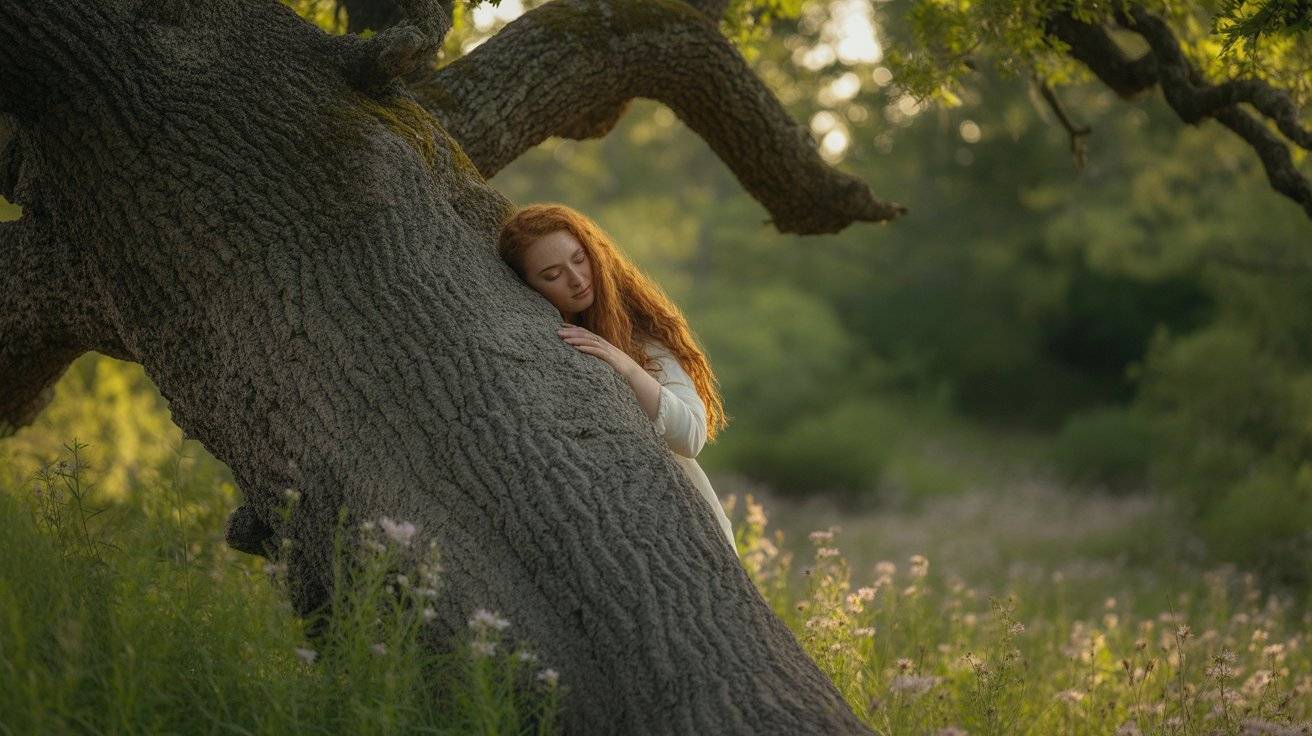
Jhanzaib Khan, with over 50 years of dedication to nature and tree conservation, is a leading authority in the world of trees and environmental care. From his early years exploring forests to guiding communities in sustainable tree planting, Jhanzaib has combined hands-on experience with a lifelong passion for the environment. He specializes in tree species identification, tree care, forest management, and environmental awareness. His insights have been featured in multiple nature blogs, workshops, and local conservation projects.

